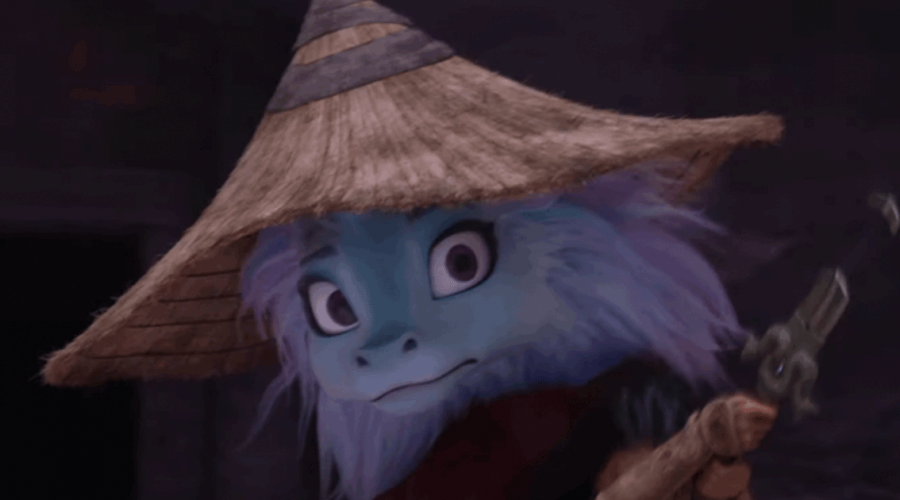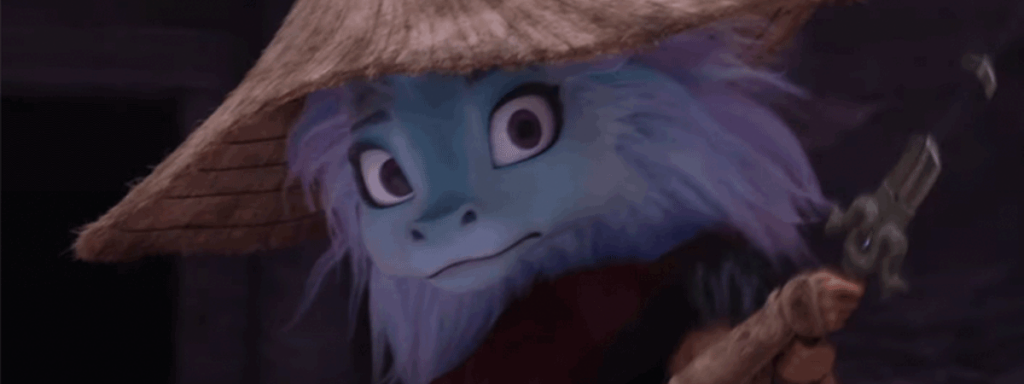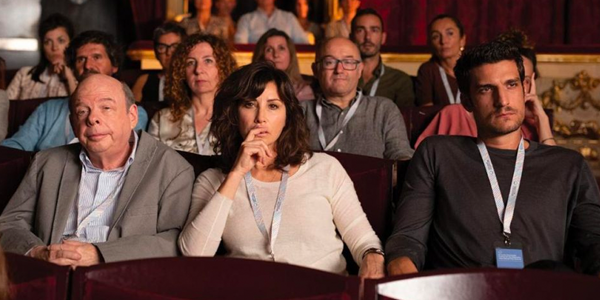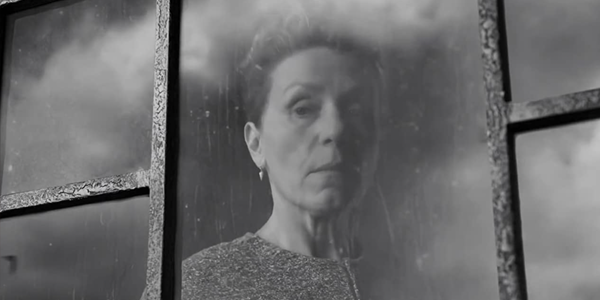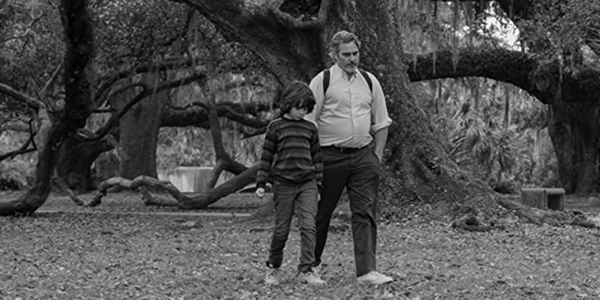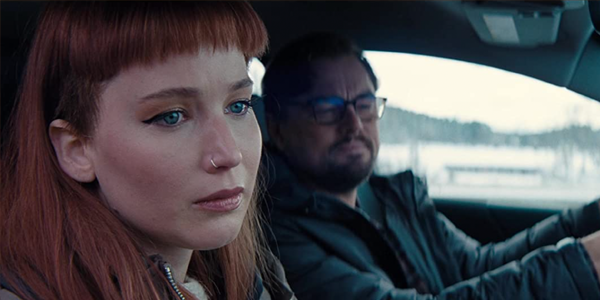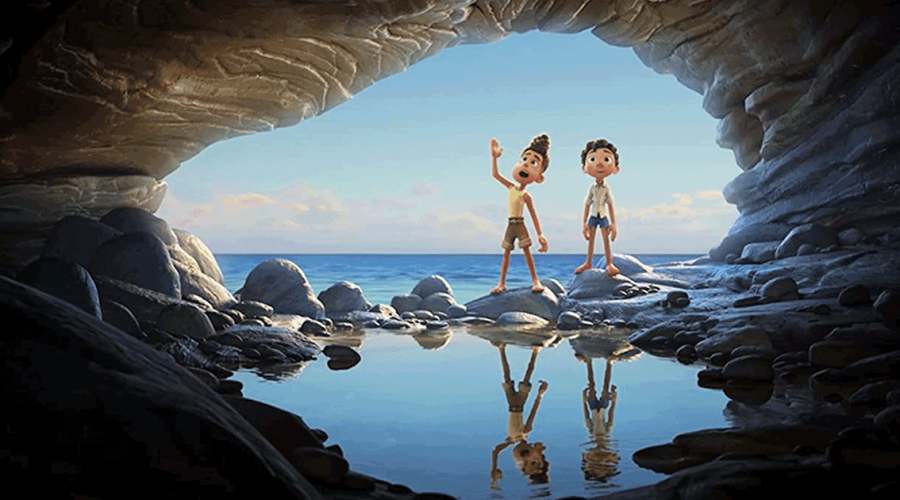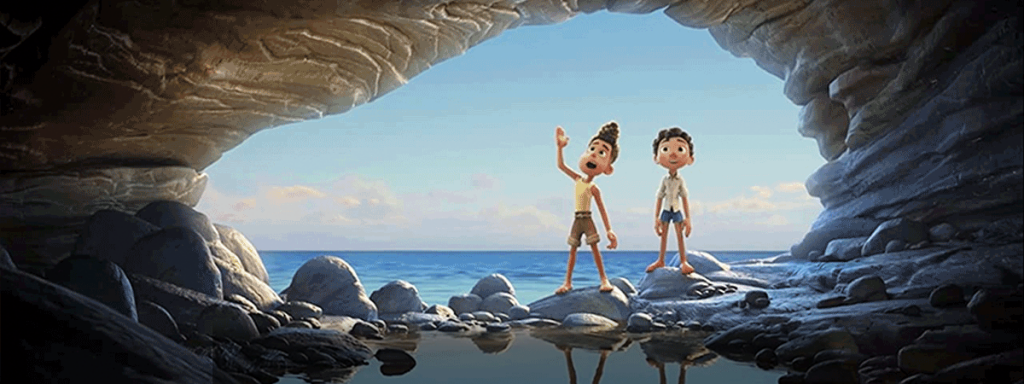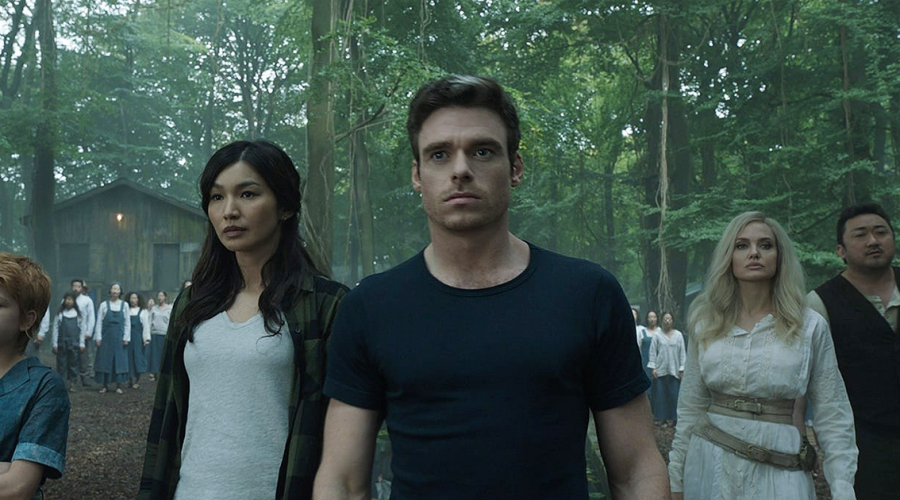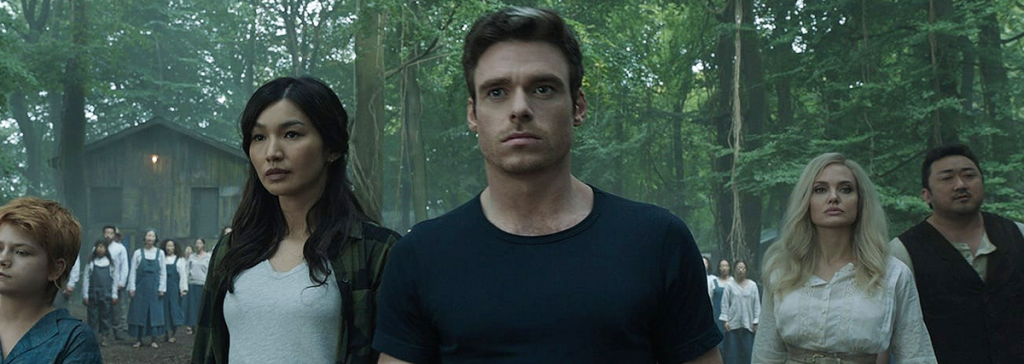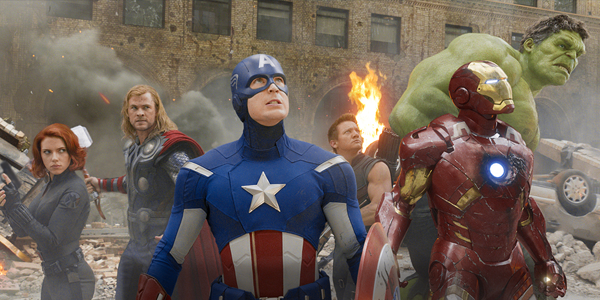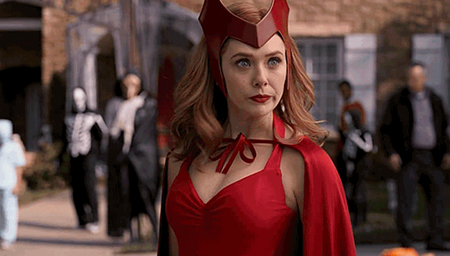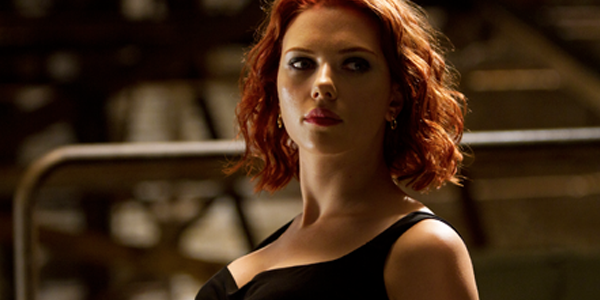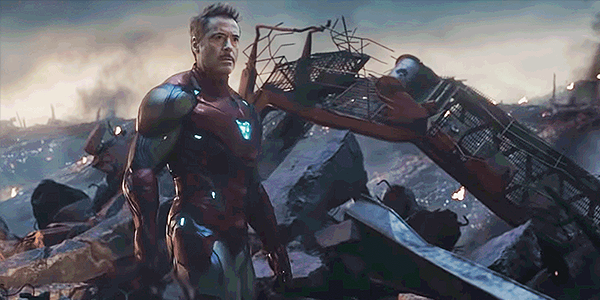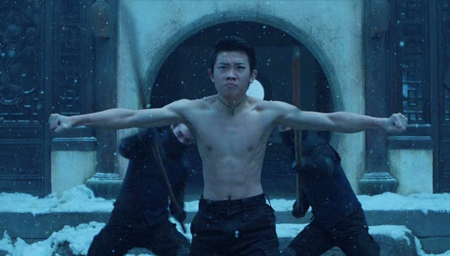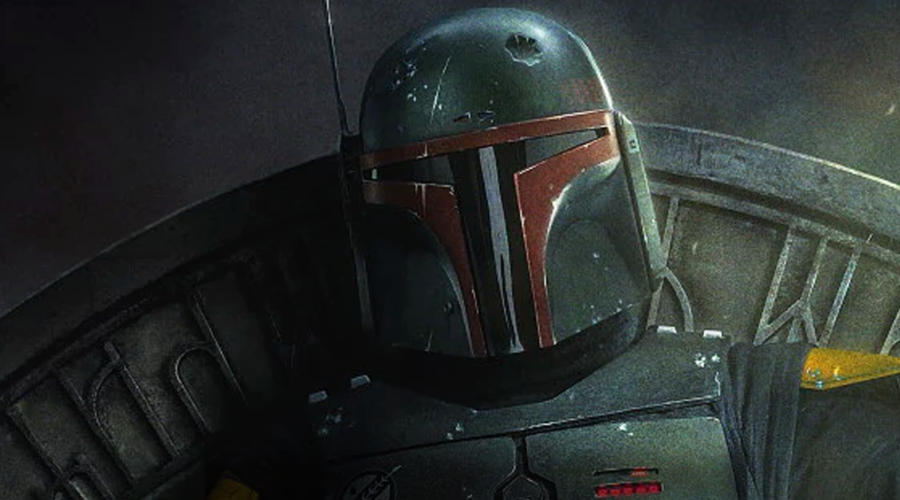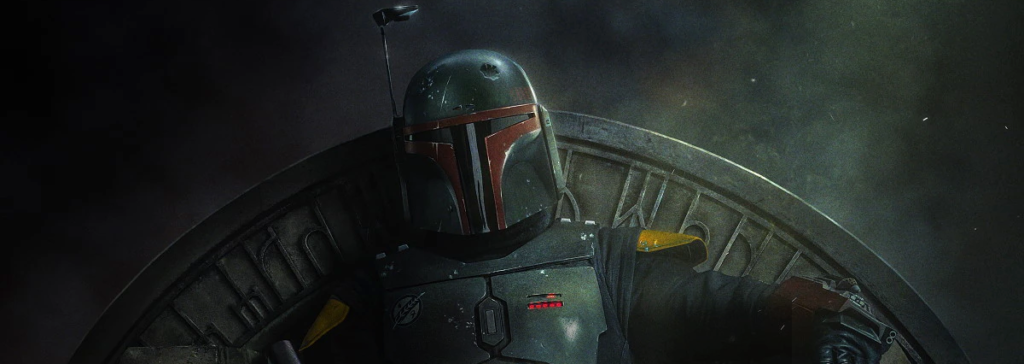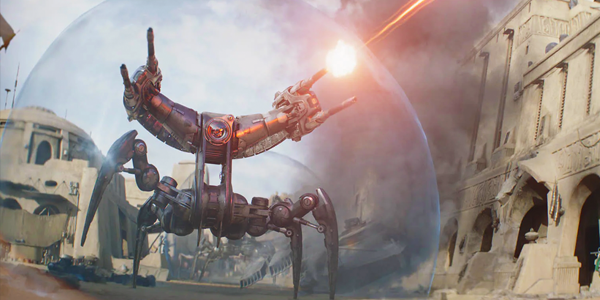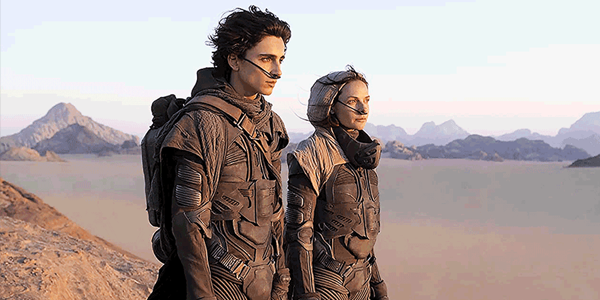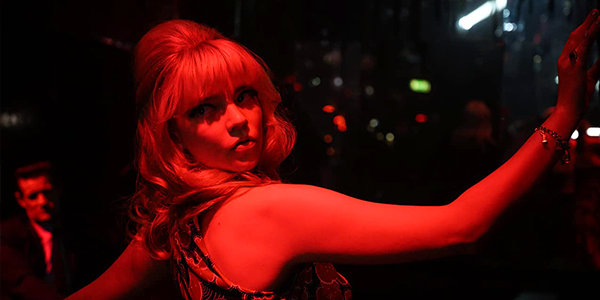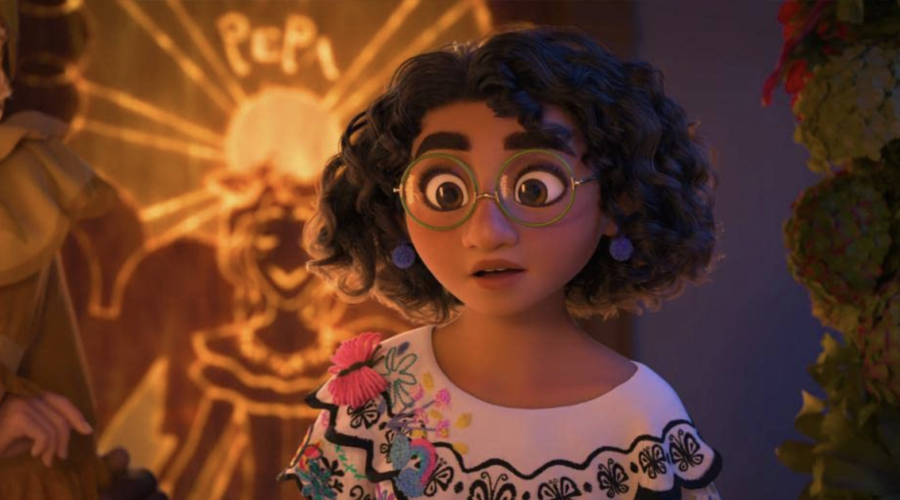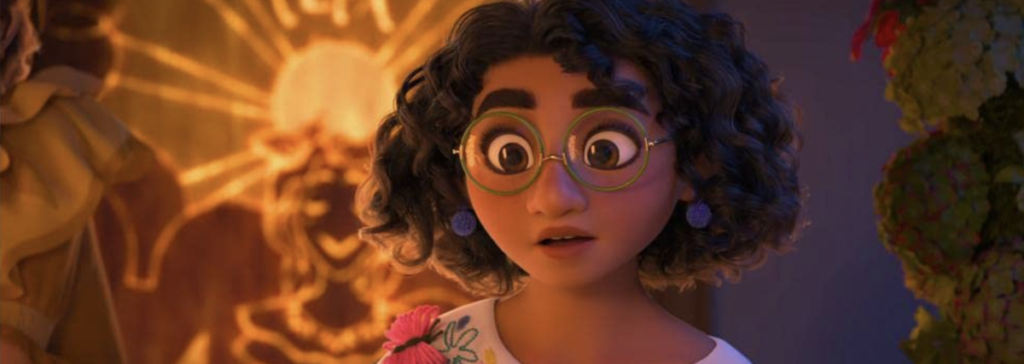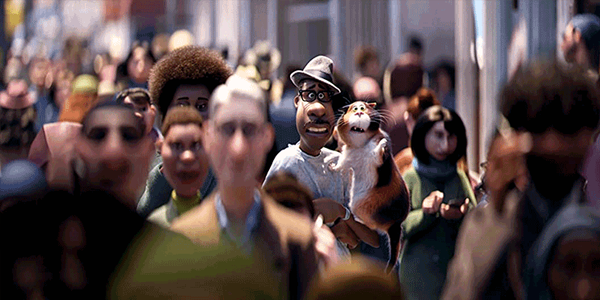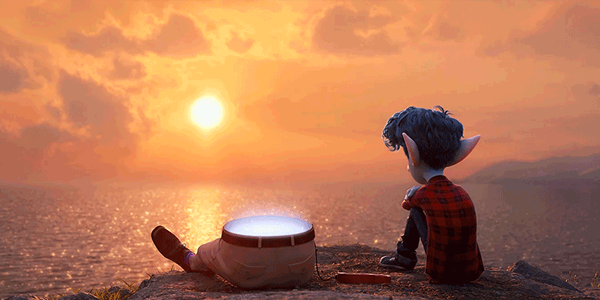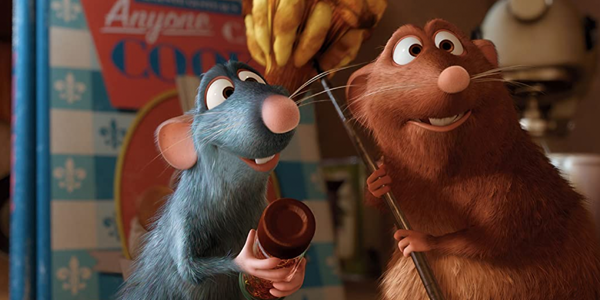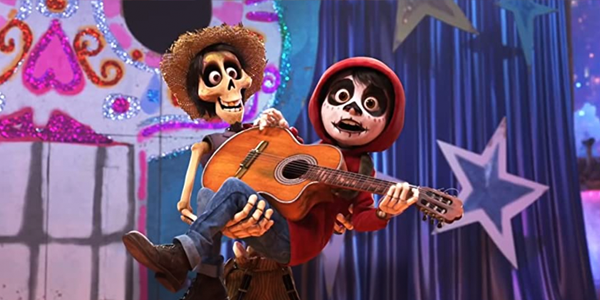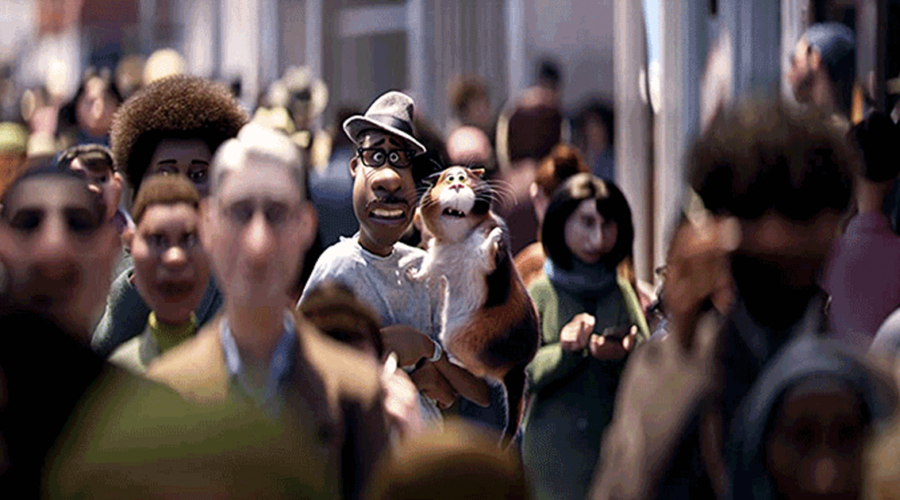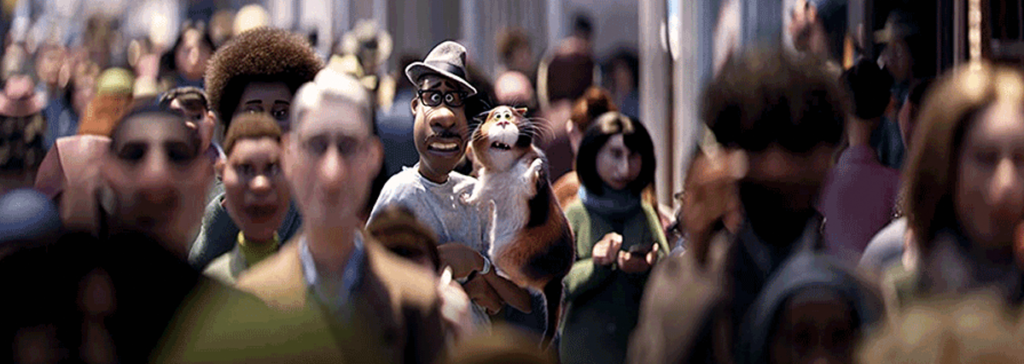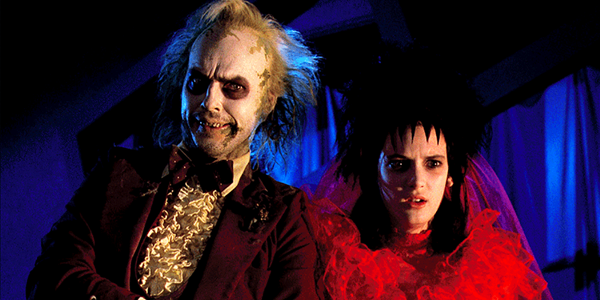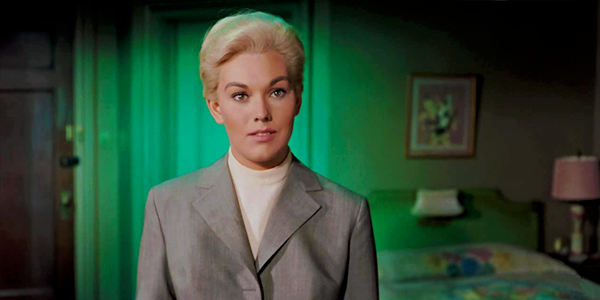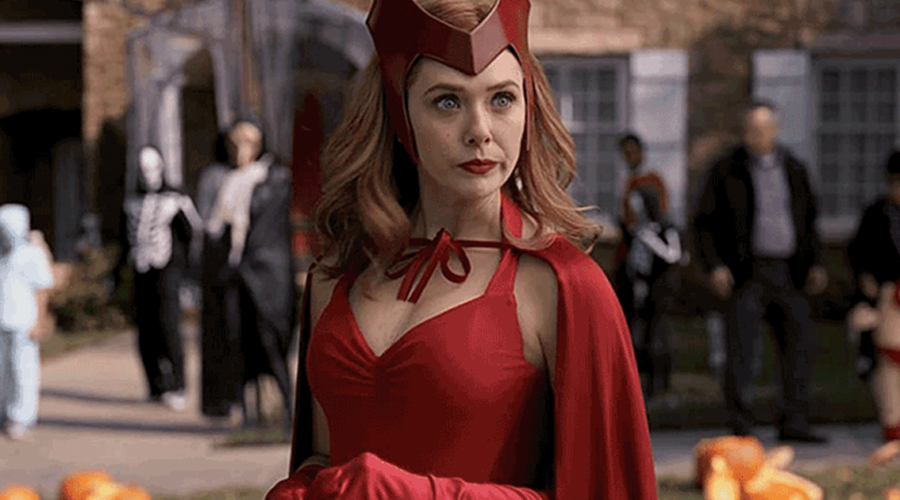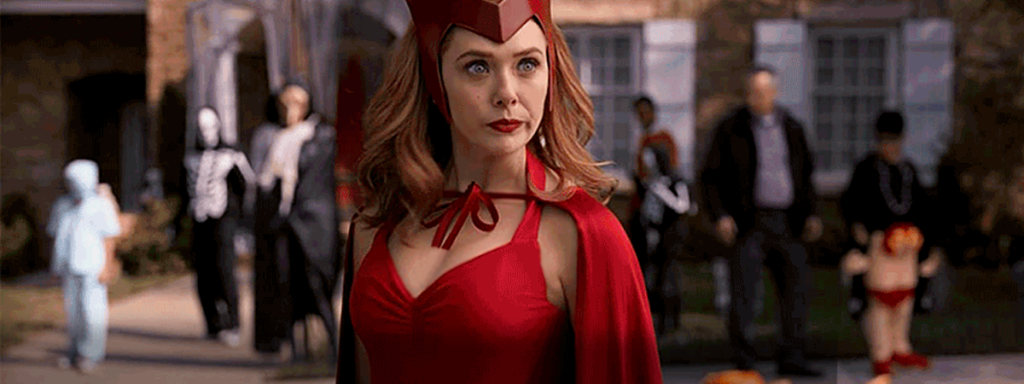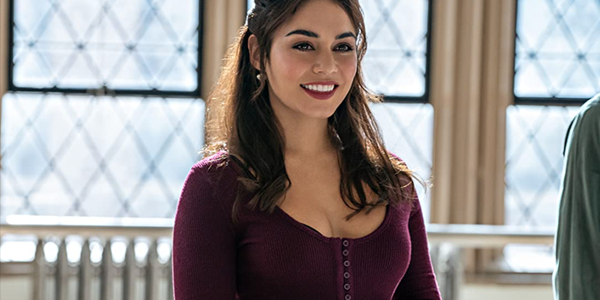Review: Raya and the Last Dragon
recent reviews
Sign up for our monthly newsletter
to stay up to date on Cineluxe
Disney rewrites the princess playbook with this effort to play to the girl-power crowd
by John Sciacca
March 8, 2021
Raya features the classic elements of Disney princess fairy tales: A girl loses her family and is forced to grow and trust in herself to solve some major problem, having to enlist others along the way to aid in her struggle. She even passes many of the “princess tests” from Ralph Breaks the Internet. “What kind of princess are you? Do you have magic hair? (No.) Magic hands? (No.) Do animals talk to you? (Kind of.) Were you poisoned? (No, but it’s mentioned.) Cursed? (There is a curse on the land.) Kidnapped or enslaved? (No.) Made a deal with an underwater sea witch where she took your voice in exchange for a pair of human legs? (Ummm, no.) Have you ever had true love’s kiss? (Big no.) Do you have daddy issues? (Yep.) Don’t even have a mom. (Yep.) Do people assume all your problems got solved because a big strong man showed up? (A big strong man does join her quest and helps, but he doesn’t solve her problems.)” Also, put a checkmark in the “stare at important water” category.
But Raya is also definitely not your typical Disney princess or princess film as Raya (voiced by Kelly Marie Tran) is indisputably Disney’s most bad-ass, girl-power princess ever, featuring a lot of attitude and swagger. She never backs down from a fight and engages in various forms of hand-to-hand combat throughout. In fact, Raya reminded me of the live-action Mulan remake, including the fact that there’s no singing. (Another break for your typical Disney princess.)
The story takes place in the once prosperous land of Kumandra, where dragons co-exist with humans and bring water, rain, and peace to the land. Evil spirits called the Druun come, turning all humans to stone, and the dragons sacrifice themselves in order to save humanity, placing all of their spirits into a single magic gem. A power struggle to possess the gem causes the once peaceful land to split into five tribes: Fang, Heart, Tail, Spine, and Talon.
After 500 years, Raya’s dad, Chief Benja (Daniel Dae Kim) of the Heart tribe, holder of the gem, tries to reunite the tribes but the Dragon gem is broken into five pieces, with each tribe taking a piece and causing the Druun to return and turning many to stone.
Raya escapes, and armed with her father’s sword and riding atop her combination pill bug/armadillo/hedgehog creature Tuk Tuk (Alan Tudyk), she embarks on a quest to find Sisu (Awkwafina), who is said to be the last surviving dragon. With hopes of ridding the Druun once and for all and bringing her father back, Raya’s quest leads her to all of the villages, which have their own visual style, and have Indiana Jones-like elements to complete.
Disney animation is top-notch so the fantastic visuals shouldn’t come as any surprise. There are amazing levels of detail in closeups, with rich texture in fabric, wood, stone, and hair. Water—which plays an important role in the film—also looks photo-realistic, with incredible movement and reflection. Closeups of Sisu in human form reveal strands of hair that seem to be individually colored in her purple-pink-blue-white ombre style. And the care the animators took in the way fabric drapes and moves on characters has lifelike realism. The computer animation style is different from Pixar’s, but equally top-shelf
HDR provides beautiful depth, highlights, shadow detail, and rich colors, especially when viewed on a Dolby Vision-capable display. The magic Dragon gem has a real Arkenstone quality, internally lit by shifting, glowing, sparkling shafts of light, and the Talon village at night is especially gorgeous, glowing with rich, warm, and vibrant lighting and lamps that leaps from the screen. Raya features a frequently bright and saturated color palette that is visually arresting and a treat to look at.
Having watched Raya twice—once on my 115-inch JVC 4K projector and again on a 65-inch Sony 4K LED—I did notice that backgrounds frequently have a bit of a grainy/noisy/cloudy haze. As this is computer animation, it’s obvious it isn’t actually grain or noise, so it must be a stylistic choice the animators took to keep the world from appearing too perfect. They also frequently chose to use “portrait mode” styling on closeups, where objects not close up in frame are defocused.
The soundtrack was pretty lackluster—unfortunately, a common complaint with many recent Disney transfers. Even played back at reference volume on my Marantz processor, dynamics were heavily compressed and rarely delivered any impact. It wasn’t until the climax that it seemed like the subwoofers really kicked in, and even then, they were restrained and didn’t deliver the impact I expected. Whether this was a shortcoming of the film itself or my Apple 4K TV, I can’t say, but I was disappointed with the sonics. However, judging by the quality of the song “Lead the Way” (performed by Aiko) played over the end credits with a lot more dimension, dynamics, and space, I feel like it is the mix itself. There are some atmospheric surround effects—particularly at the very beginning and end—such as wind, rain, forest sounds, and echoes, and the score is expanded across the front of the room, but primarily this is a front-channel-centric mix that feels like it is designed to be listened to through a TV or soundbar.
Raya and the Last Dragon looks gorgeous, and the voice acting—especially the always likable Awkafina, who brings the right level of humor and quirkiness to Sisu—is on point. While the lack of any songs and intense scenes might limit its replay value for younger viewers, it’s an entertaining film that will appeal to many viewers, as attested to by its 95% Rotten Tomatoes critics’ rating and 85% audience score. I have two daughters—ages 14 and almost five—so for us, a movie night where we can all get together and enjoy a new Disney animated film was an easy yes.
Probably the most experienced writer on custom installation in the industry, John Sciacca is co-owner of Custom Theater & Audio in Murrells Inlet, South Carolina, & is known for his writing for such publications as Residential Systems and Sound & Vision. Follow him on Twitter at @SciaccaTweets and at johnsciacca.com.
PICTURE | HDR provides beautiful depth, highlights, shadow detail, and rich colors, especially when viewed on a Dolby Vision-capable display
SOUND | The soundtrack is lackluster. Even played back at reference volume on a Marantz processor, dynamics were heavily compressed and rarely delivered any impact.
© 2023 Cineluxe LLC
